An archipelago is an “expanse of water with many scattered islands,” or a cluster of islands, typically found in the open sea. Although generally the result of volcanic activity, archipelagos are also shaped by other forces of nature, including erosion and rising or falling sea tables; as dynamic land masses, archipelagos tend to offer dramatic scenery.
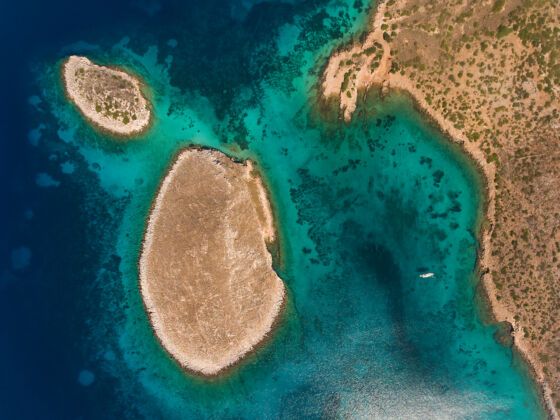
Tierra del Fuego
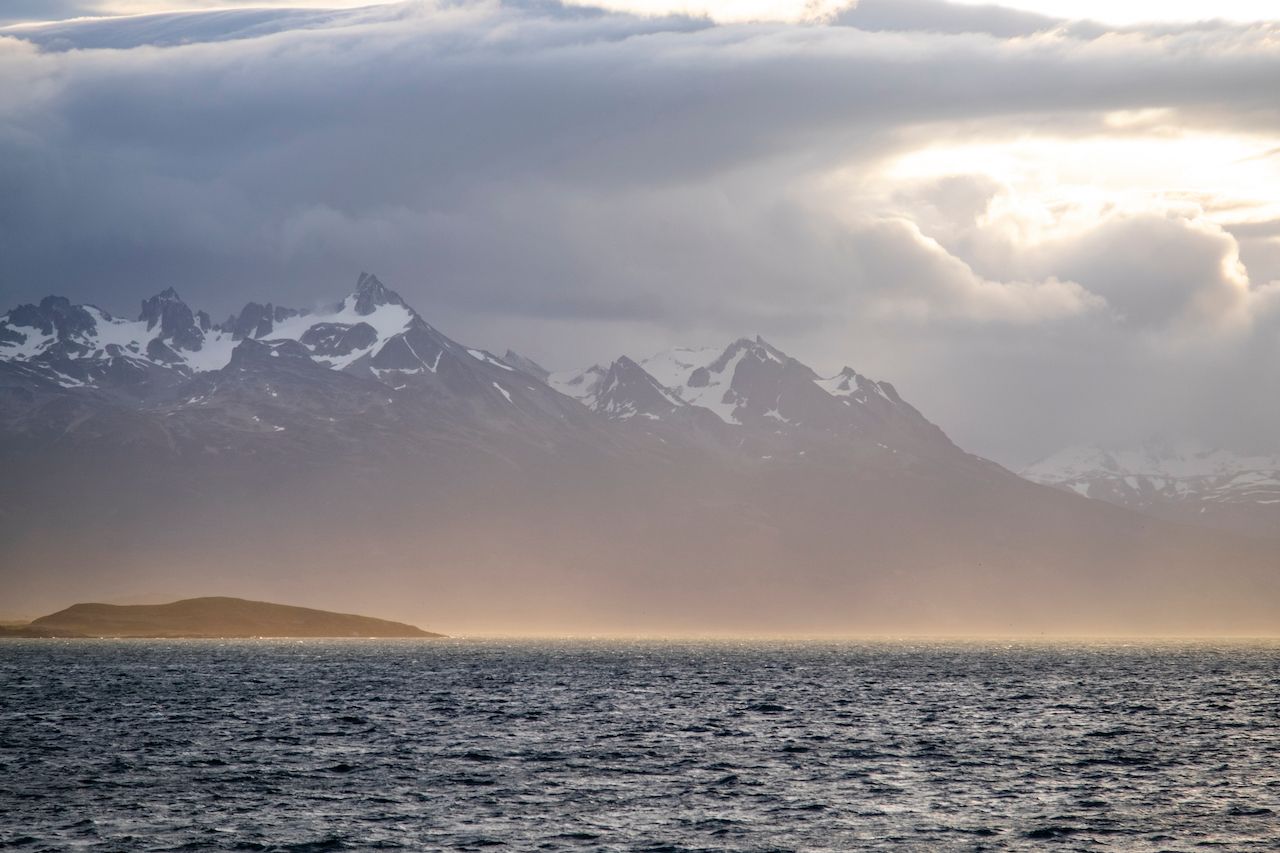
Photo: Ocean Eloy/Shutterstock
At the southern end of South America, the last echoes of the Andes Mountains collapse into the sea. Tierra del Fuego, the Land of Fire, is renowned for its snowy peaks rising from turbulent waters above Antarctica. The Patagonian forests are complex and mystical with huge cypress trees and pudu-pudu, a deer that’s only 20 inches tall.
Tristan da Cunha
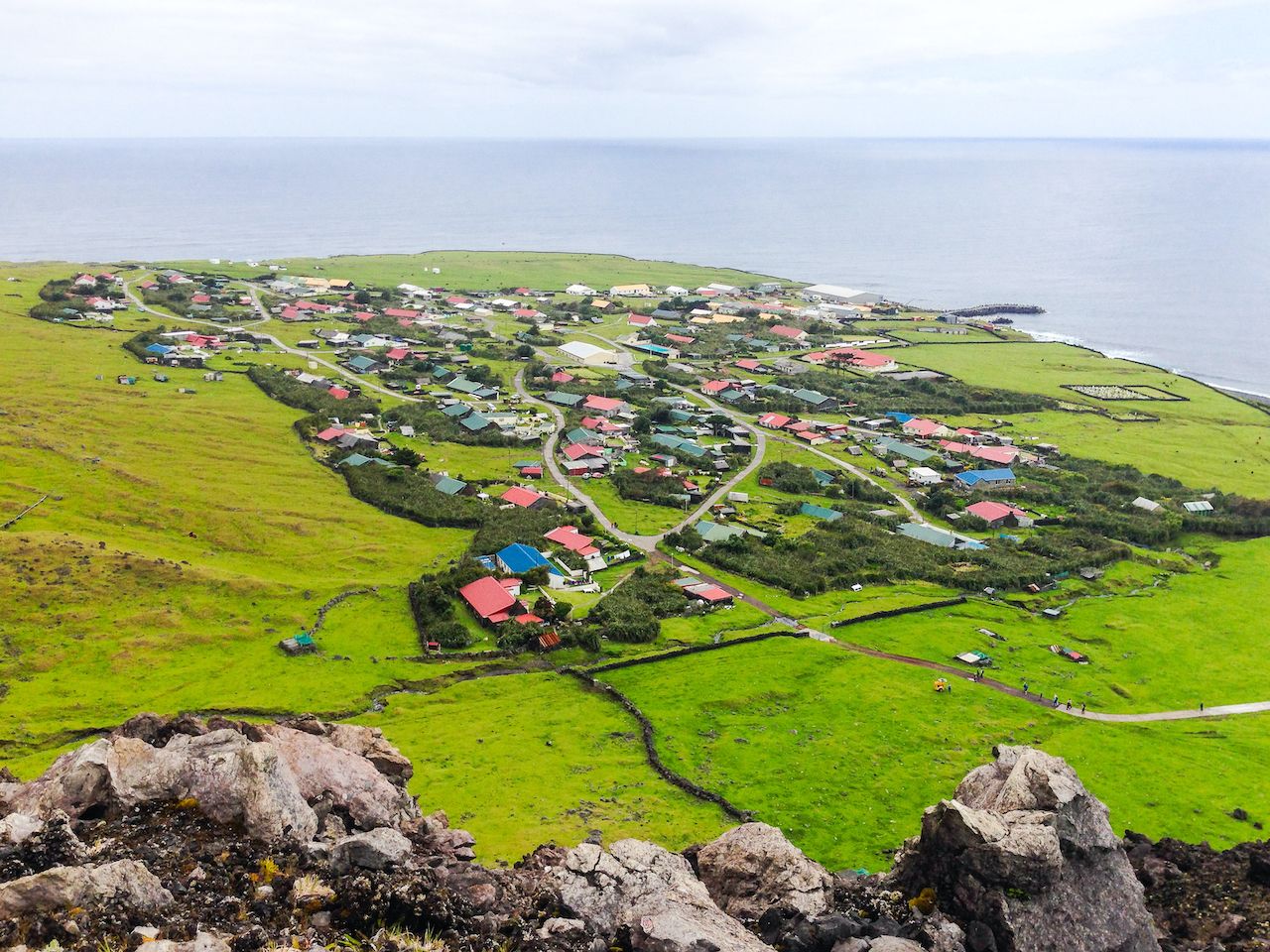
Photo: maloff/Shutterstock
The volcanic rocks of Tristan da Cunha are the most remote scraps of land on Earth. The closest land is the island of Saint Helena, where Napoleon was exiled, and that’s still 1,500 miles away. Africa and South America are both 2,000 miles away.
A handful of flightless birds seen nowhere else in the world keep the 250 inhabitants of Tristan da Cunha company while stalwart British fishermen keep a wary eye on the volcano that destroyed their only settlement 70 years ago.
The landscape of the islands is austere. While there are no glaciers, the bare ground of Gough Island — a UNESCO World Heritage Site — seems surreal. What lies behind the high cliffs of the aptly named Inaccessible Island?
The Thousand Islands

Photo: starmaro/Shutterstock
In the Saint Lawrence River between New York State and Canada, the Thousand Islands have long been home to the rich and famous; in fact, many of the islands are privately owned. The curiosities inhabitants have left behind make the 1,800+ islands of the archipelago as strange as they are beautiful.
Heart Island supports an actual castle with towers, a yacht house, and a stained glass dome. The crumbling ruins of a Revolution-era fort adorn one island; Yale University’s secret society, Skull and Bones, owns another.
Other islands are so tiny that they can barely support a single house, though all of the islands must be above water 365 days a year and must support at least two trees to be considered part of this archipelago.
Svalbard
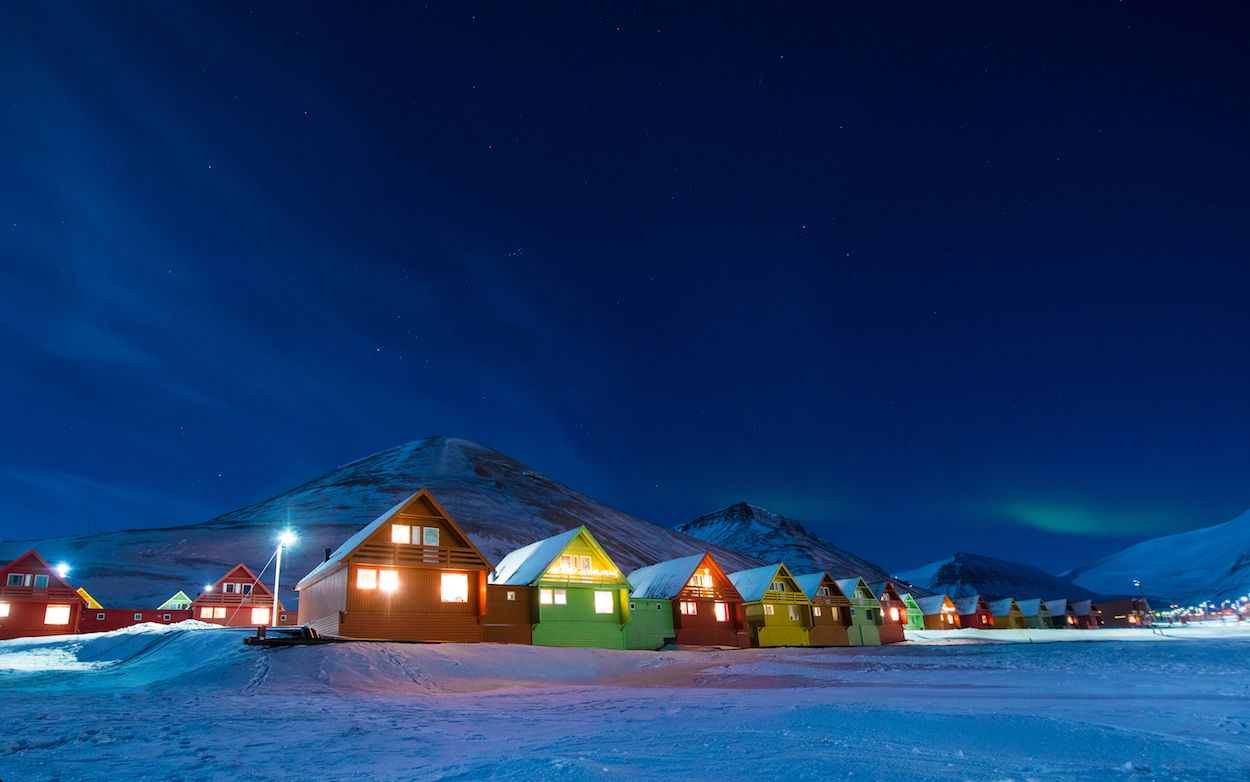
Photo: ginger_polina_bubli/Shutterstock
Svalbard, meaning “cold edge,” describes a group of islands found halfway between Norway and the North Pole. Though geographically large, the Svalbard has only 2,500 permanent inhabitants.
Local law requires residents and visitors alike to carry hunting rifles outside the settlements at all times—a last-resort defense against the 500 polar bears that roam the islands. Svalbard has no trees, but during the four months of constant daylight, Arctic wildflowers bloom everywhere.
Truly entrepreneurial spirits should know that citizens of countries signatory to the Svalbard Treaty may go to Svalbard without a visa and legally open their own coal mine.
The Artificial Islands
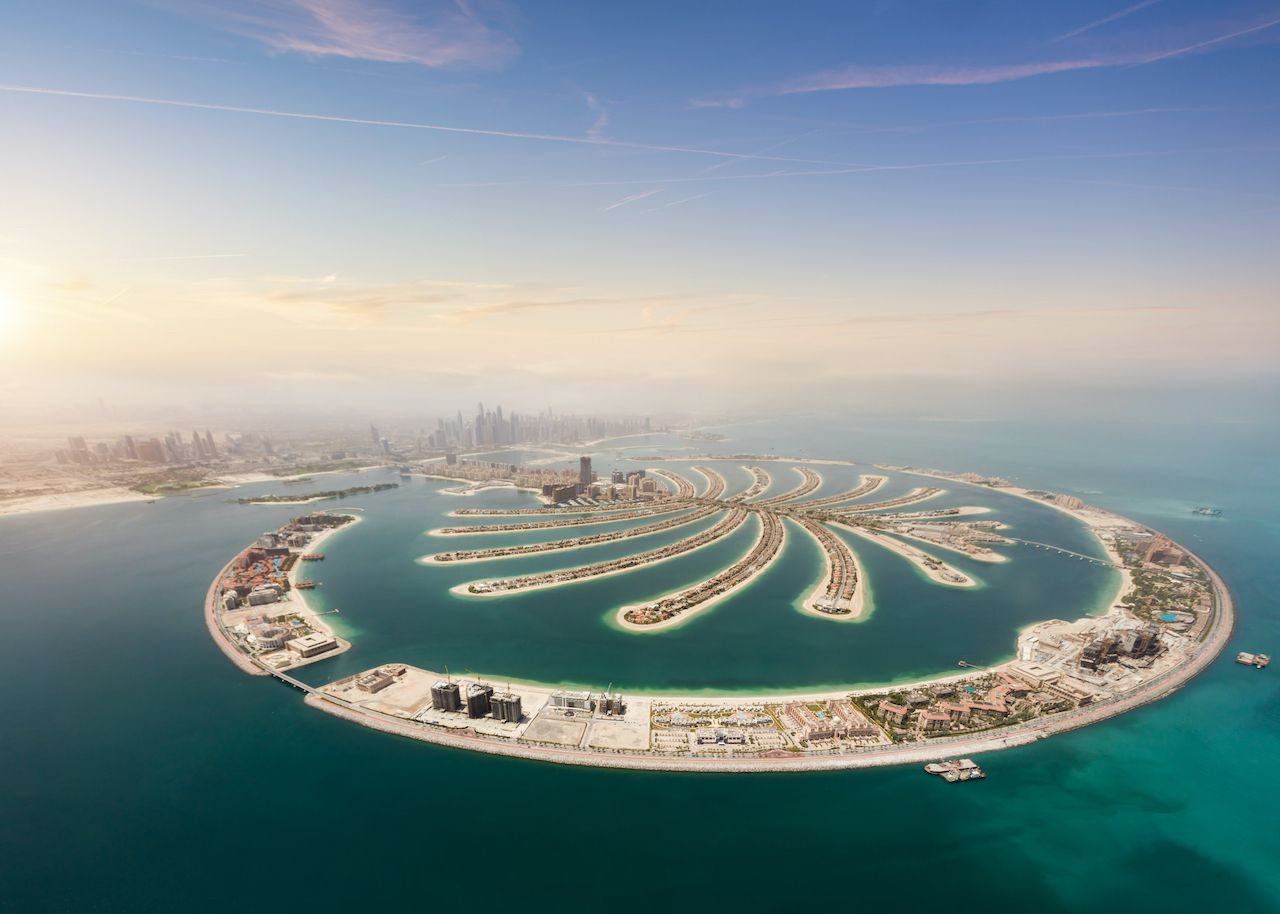
Photo: Jag_cz/Shutterstock
The Dubai harbor has more than doubled its size in five years; massive dredging has created very large and expensive artificial islands off the coast of the city-state whose exploits approach mythic proportions.
Between the three Palm Islands, the vast artificial Waterfront, and the massive archipelago called The World, Dubai’s new land will house over 3 million people when done. The islands already look like nothing else in the world.
The artificial islands are resorts, their beauty entirely artificial and entirely commercial. Whether it is a tremendous waste of resources, or greedy profiteering, or mere vain showmanship, Dubai has done the impossible and made land where there was none.
The Dodecanese
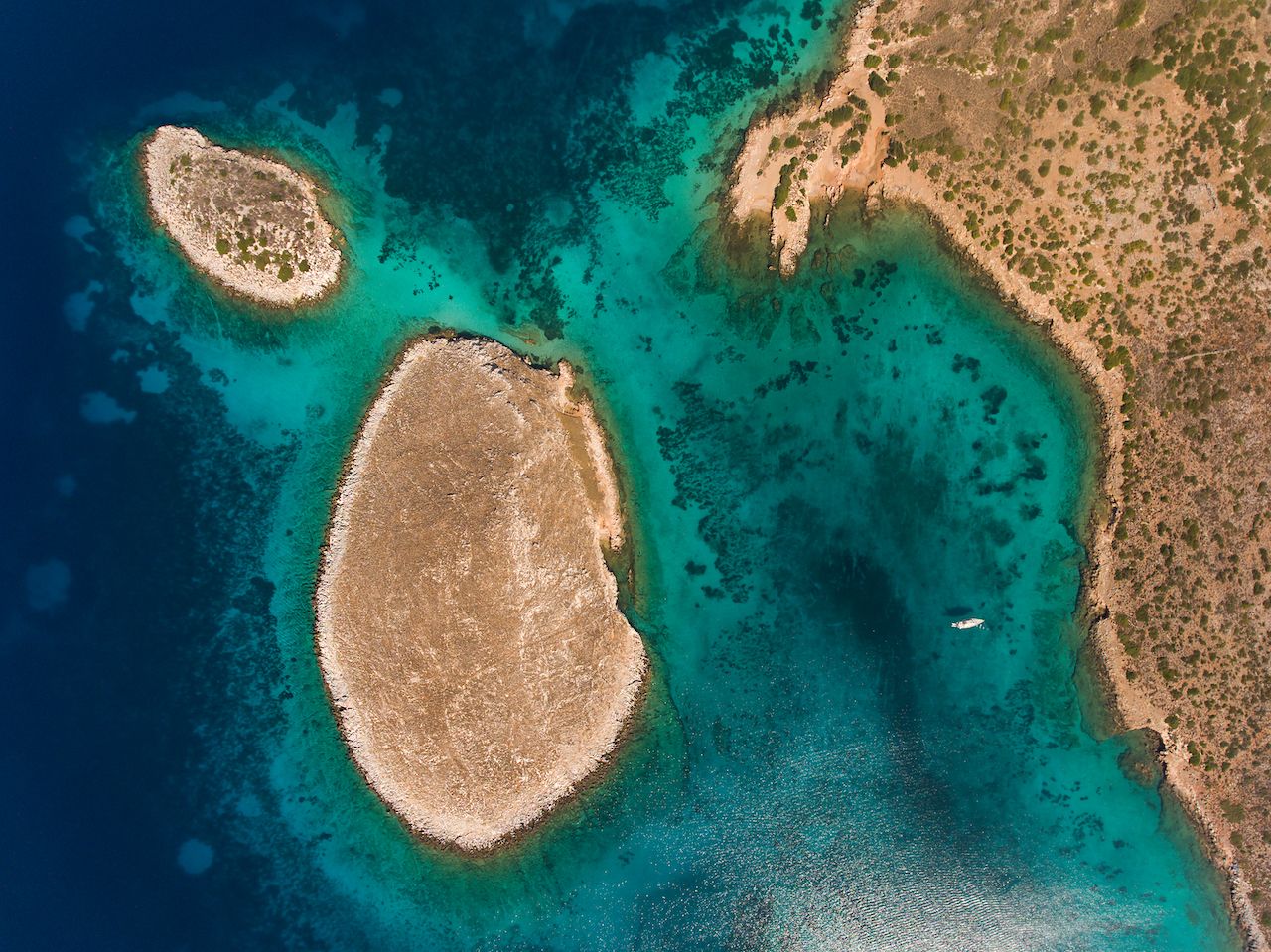
Photo: Giovanni Rinaldi/Shutterstock
Many of the world’s most beautiful archipelagos gained their renown for pristine beaches, clear oceans, or stunning terrain. The famous Dodecanese, off the southwest coast of Turkey, have all of these in abundance, but they also bear the stunning marks of 3,000 years of advanced culture.
The islands have been ruled by the Egyptians, Persians, Greeks, Romans, Byzantines, Crusaders, Ottomans, Italians, and — finally — by the Greeks again, and all of these cultures have left their mark with spectacular ruins and structures.
The Colossus of Rhodes, a Wonder of the World, briefly stood guard near (or, more whimsically, over) the most famous island’s harbor. John of Patmos allegedly received the visions which became the Book of Revelation on Patmos. The Knights Hospitaller built a massive Crusader fortress on Rhodes, and churches abound.
COMMUNITY CONNECTION
Are you a lover of under-visited, isolated islands? Check out Matador contributing editor Tim Patterson’s picks for the Top 6 Most Enchanting Undeveloped Islands in the World. Or, read up on Japan’s often overlooked south, in Shima to Shima: Southern Islands of Japan.